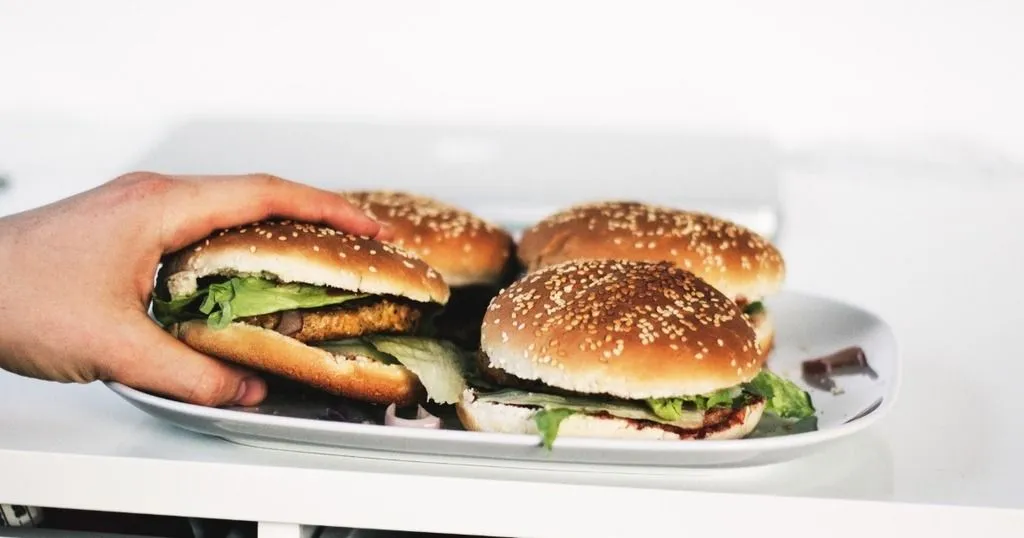Measuring consumer responses to chocolate and images
Researchers all over the world are trying to find ways to measure real consumer responses and behavior.
Posted by
Published on
Mon 26 Mar. 2018

Researchers all over the world are trying to find ways to measure real consumer responses and behavior. This blog features a study in which researchers tried different implicit measurement techniques in order to get closer to measuring liking and preference using images and chocolates! I’d want to be a test participant – wouldn’t you?
Implicit vs explicit measures
As rational responses do not represent the totality of consumers’ attitudes and preferences toward specific stimuli, researchers are looking into ways of measuring unconscious consumer responses. Implicit measurement techniques don’t rely on opinion research. Traditionally, researchers relied heavily on techniques such as customer surveys in order to predict product preferences.
Physiological, facial expression, and sensory/emotional responses
In this study, Melbourne based researchers Damir Torrico, Sigfredo Fuentes, and colleagues investigated the effect of collecting physiological, facial expression, and sensory/emotional responses in order to study the response to different images and chocolate stimuli.
The researchers asked two groups of participants to look at different stimuli (neutral, positive, negative) and taste four types of chocolate (milk, moderate bitter, dark, and popping candy). They were each asked to sit down in an individual booth, which ensured controlled conditions similar to that of a laboratory.
How to measure implicit responses
Test participants were presented with the images and were then asked to taste the chocolate. The tablet running a biosensory app developed by Sigfredo Fuentes et al. captured videos and infrared images to record physiological reactions from participants. Heart rate was estimated (BPM) using Matlab algorithms. Skin temperature was captured using the FLIR ONE infrared thermal camera, and facial expressions were measured using the facial recognition software FaceReader.
In this particular experiment, Torrico and colleagues divided participants into two groups: one with a Western cultural background, and one with an Asian background. They explain that by comparing responses of two culturally different groups, they wanted to gain insight into potential differences related to cultural background.
Results and implications for further research
The researchers found that BPM wasn’t different among stimuli. Skin temperature was. It changed depending on the type of chocolate sample presented. For Asian background participants, skin temperature was positively correlated to ‘happy’ as calculated with FaceReader software, for participants with a Western background, skin temperature positively correlated to ‘sad’.
Cultural differences were found as well for the self-reported face-scale responses of images, in specific the researchers found lower scores from participants with an Asian background. These findings are useful to better understand consumers acceptability based on both physiological and emotional responses. FaceReader analysis showed different results. What the researchers did find were differences in base levels on emotionality, but what does that mean and why where to differences not that outspoken?
Emotions are made to communicate
As stated before, individual booths were used. Looking back at the experiment, Torrico and colleagues explain that by using these individual booths they didn’t take the social element of expressing emotions into consideration. In their words: “Macro facial expressions are more pronounced in social interaction environments than in isolation conditions. This situation may potentially be the reason for the lack of detectable facial movements in the present experiment by FaceReader”.
Emotions are made to communicate. Asking a consumer to test food in an individual booth doesn’t necessarily elicit facial expressions since this person doesn’t have to communicate his or her feelings to another person.
Natural environment or more social testing locations?
You can keep in mind that testing in natural environments is tricky due to the number of factors influencing the decision or preference process, but a test in a supermarket or restaurant will show more communication or emotions in general, since the social context is there.
This study adds to our knowledge and understanding of how we can better understand the acceptability of an item based on unconscious and emotional responses.
Interested in human behavior research? Read more on 'How to study human behavior', or 'Understanding consumer buying behavior'!
Related Posts

What does the Moment of Truth mean to your business?

Shopping behavior - what can we measure in a retail environment?

